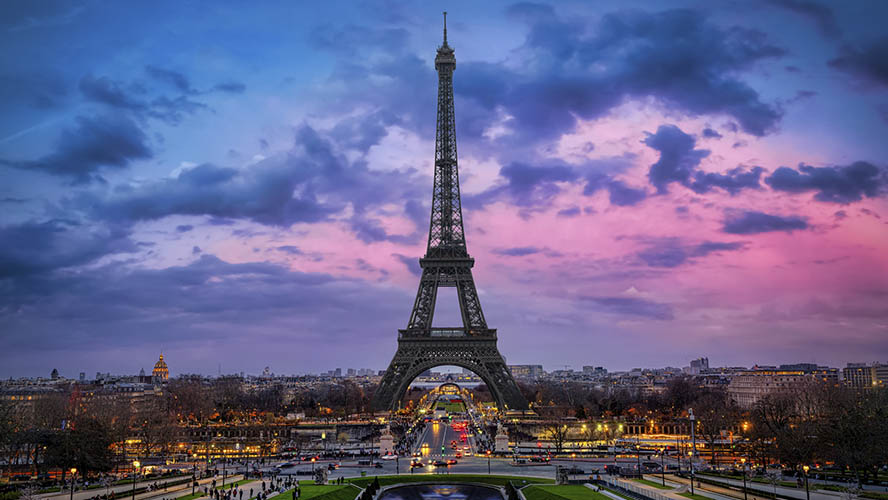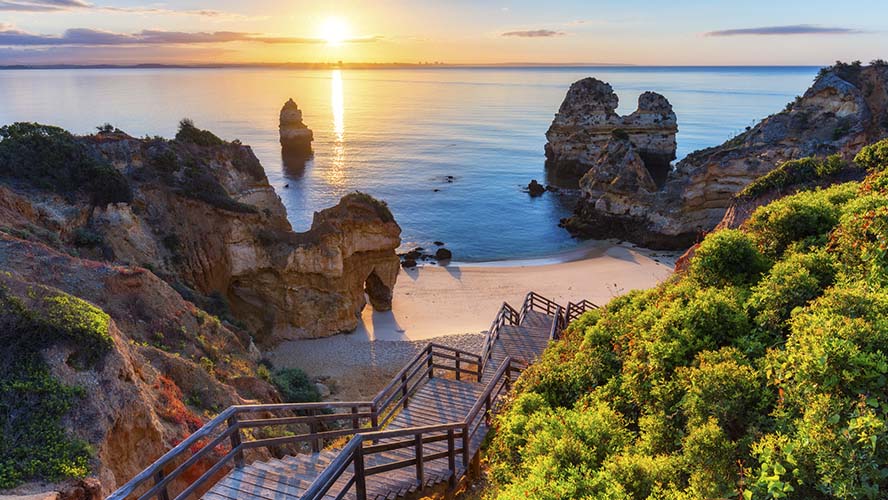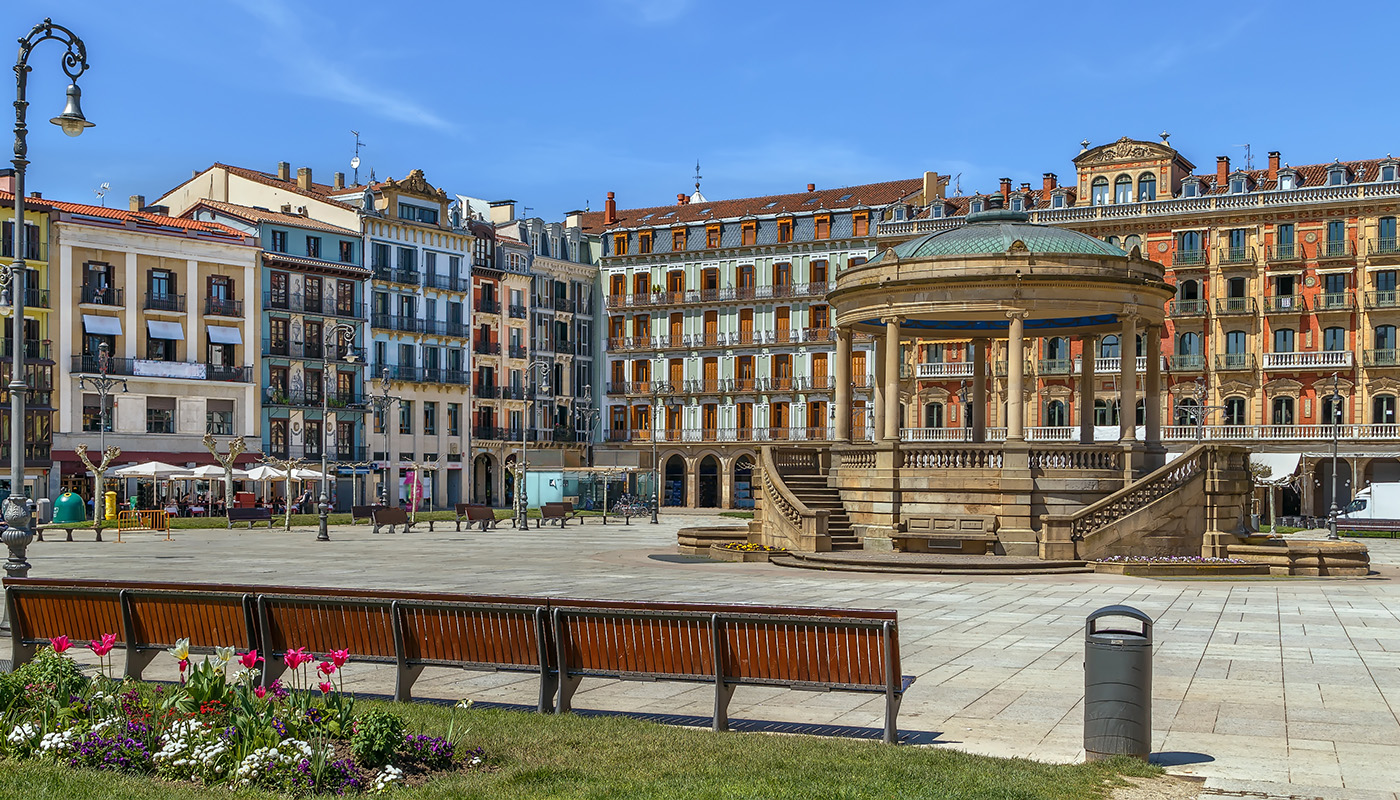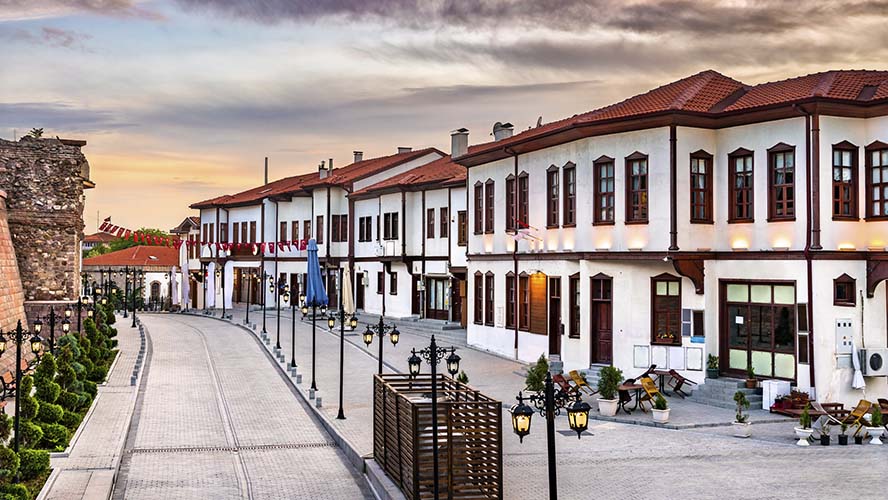Located on the Black Sea coast, Sozopol is one of Bulgaria’s oldest and most delightful destinations. With a history spanning over 2,600 years, this picturesque town combines the legacy of ancient civilisations with a relaxed seaside atmosphere. Sozopol attracts travellers with its old town, full of traditional wooden houses, golden sandy beaches and a lively cultural scene that comes alive every summer. From the vestiges of Apollonia, the Greek colony that gave birth to the town, to its cuisine based on fresh seafood, Sozopol is a destination that captures Bulgaria’s essence in a unique atmosphere.
- History of the town: from the ancient city of Apollonia to a Black Sea tourist attraction
- What to see during your visit: a walled old town reminiscent of the Bulgarian Revival
- Beaches in Sozopol: the Black Sea’s golden horizons
- Cultural life: the Apollonia Festival and other open-air events
- Where to eat: Bulgarian dishes by the seaside
- Nearby activities: exploring the Black Sea coastline
History of the town: from the ancient city of Apollonia to a Black Sea tourist attraction
Sozopol’s history dates back to the 7th century BC, when Greek settlers founded the town under the name of Apollonia in honour of Apollo, the god of music, light and the arts. The city was notable for its iconic bronze statue of Apollo, standing over 13 metres high which, in addition to symbolising the devotion of its inhabitants, also served as a lighthouse guiding navigators to its harbour. Thanks to its strategic location on the Black Sea trade routes, Apollonia flourished as a cultural and commercial centre, exchanging goods and knowledge with the major Mediterranean civilisations.
During the Roman period, the town maintained its importance but, with the arrival of the Byzantine Empire, Sozopol began to transform into a Christian enclave, characterised by the construction of churches and monasteries. The centuries that followed brought conflict and conquest: the Bulgarians raided the city on several occasions, while the Ottomans, during their rule, integrated it into their maritime routes, leaving behind architectural and cultural influences.

In the 19th century, Sozopol revived as an active maritime community. Its inhabitants, mostly fishermen and artisans, revitalised local traditions and trade. The advent of modernity did not erase its historical nature: the wooden houses of the Bulgarian Revival and the ruins of ancient walls remained a living testimony of its past.
Nowadays, Sozopol combines its rich historical legacy with its role as a charming tourist destination. Strolling through its cobbled streets, seeing the remains of Apollonia in its Archaeological Museum and visiting the Saint Cyril and Methodius Church are experiences that reveal the depth of a thousand-year ancient history on the shores of the Black Sea.
What to see during your visit: a walled old town reminiscent of the Bulgarian Revival
Sozopol’s old town is its beating heart, where narrow cobbled streets wind between the wooden houses dating back to the Bulgarian National Revival, i.e. the area’s most recognisable landmark. Those dwellings, with their stone foundations, high walls and dark wood floors, seem to have stood still in time, with balconies that almost touch each other over the narrow streets and invite you to imagine the lives that once went on behind their doors.
Among the highlights is the Saint Cyril and Methodius Church, a pilgrimage site that guards one of the region’s most revered relics: the remains of Saint John the Baptist discovered on the nearby island of Sveti Ivan (Saint John). Another gem is the Saint Zosimo Church, a small but charming Orthodox building that reflects the region’s religious fervour.

We must also highlight the medieval walls that surround the old town. These partially restored fortifications not only evoke the town’s defensive role over the centuries, but also have spectacular views of the Black Sea, especially at sunset when the sky is tinged with warm tones.
The Sozopol Archaeological Museum is a also must-see for history lovers. Among its treasures are decorated ceramics from the ancient city of Apollonia, stone anchors dating back to the Hellenistic period, and objects that tell the story of the town’s historical transition from its time as a Greek colony to the charming Bulgarian town it is today.
Beaches in Sozopol: the Black Sea’s golden horizons
Sozopol is not only steeped in history, but it also boasts some of the most beautiful beaches in Bulgaria. Central Beach, located just a short walk from the old town, combines the benefits of being close to the town with the crystal-clear waters that are ideal for swimming. Its beachfront restaurants are perfect for eating fresh seafood while watching the waves.
For a more laid-back experience, Harmanite Beach, located in the new part of town, provides plenty of space and a relaxed atmosphere. If you are looking for something more natural and wild, the nearby Kavatsi Beach is a small paradise surrounded by dunes and vegetation. There, the calm surroundings will make you forget the town’s hustle and bustle.

Cultural life: the Apollonia Festival and other open-air events
Every summer, Sozopol is transformed into a vibrant cultural scene by the Apollonia Festival, an event that celebrates the arts in all their forms. For several days, musicians, actors and visual artists from all over Bulgaria and abroad gather in Sozopol to fill its theatres, galleries and squares with performances and exhibitions.
In addition to the festival, the city often hosts art fairs, craft markets and open-air concerts that take advantage of the magical atmosphere of the old town and its surroundings.

Where to eat: Bulgarian dishes by the seaside
Sozopol’s gastronomy is heavily influenced by its coastal environment. At restaurants in the old town, such as Neptune and Konak Sozopol, you will find dishes made with fresh fish, seafood and local spices. Remember to try tsatsa (small fried fish served with lemon) and midi saganaki (mussels prepared with feta cheese and tomato).
If you prefer a more traditional experience, Bulgarian taverns, known as mehanas, are the place to go for stews such as kavarma, accompanied by shopska salad and a glass of rakia. The sea views from the mehanas add a unique touch to every meal.
Nearby activities: exploring the Black Sea coastline
From Sozopol, it is easy to organise trips to nearby places that will enhance the traveller’s experience. A few kilometres away, the Ropotamo Nature Reserve provides a great opportunity to sail along the river Ropotamo, surrounded by lush forests and bird habitats. Its rock formations and peaceful atmosphere make it a perfect destination for nature lovers.
Another must-see is the island of Sveti Ivan, where the relics of Saint John the Baptist were discovered. This small island combines archaeology and history with a unique natural environment. If you have more time, the nearby city of Burgas, with its modern infrastructure and parks, is a good counterpoint to the historic charm of Sozopol.













































































